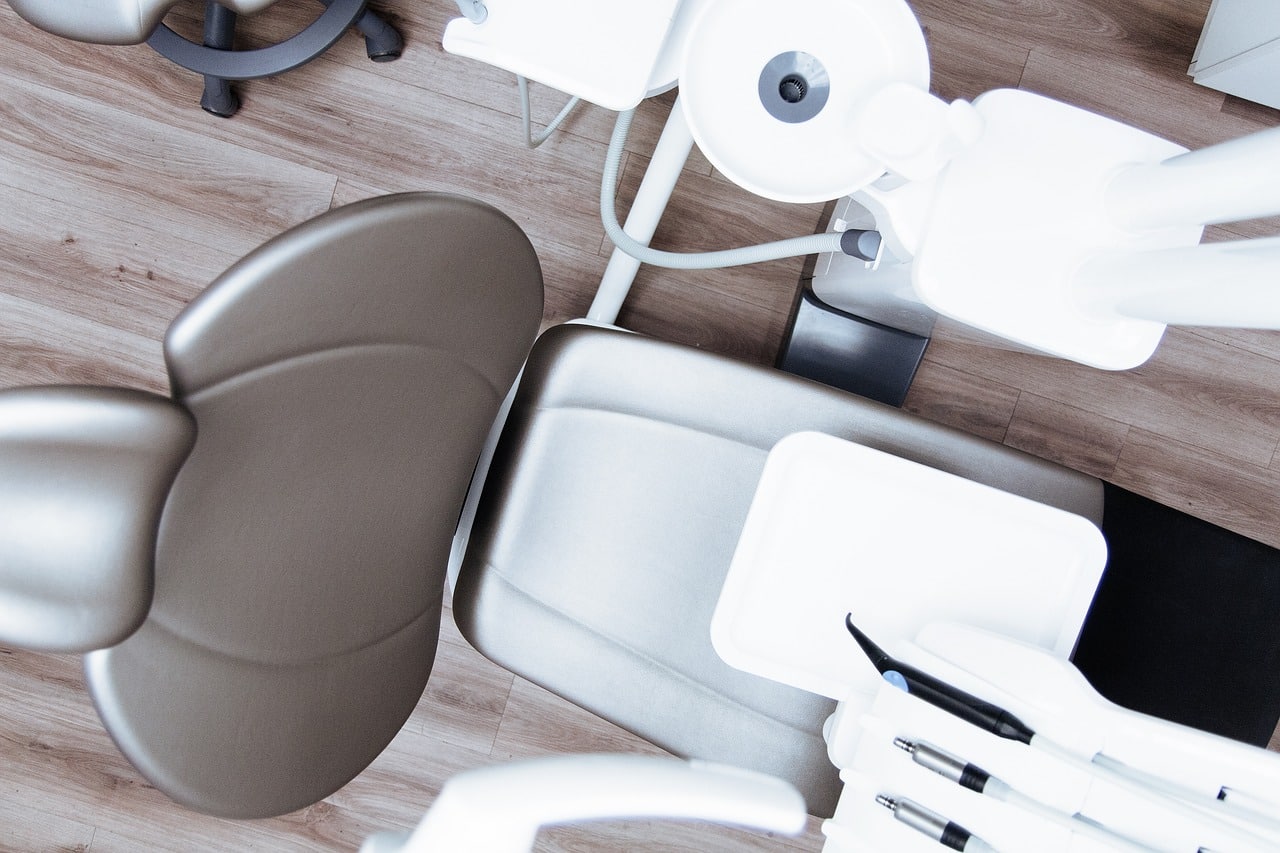History of Dental Implants Continued – The 1990s
The 1980s
The 1980s brought significant advancements in dental technology, marking a pivotal era in the evolution of dental care. During this time, several innovations emerged that revolutionized patient care, diagnostics, and treatment within the field of dentistry.
One of the most notable advancements was the development and integration of air abrasion technology. This technique involved using a high-pressure stream of aluminum oxide particles to remove decay and prepare teeth for restorations without the need for traditional drilling. Air abrasion offered a minimally invasive and more comfortable alternative to conventional drilling methods, particularly for smaller cavities.
Additionally, the 1980s saw the introduction of composite resins for dental restorations. These tooth-colored materials provided a more aesthetically pleasing alternative to traditional metal amalgam fillings. As a result, patients could receive restorations that closely matched the color of their natural teeth, leading to improved cosmetic outcomes and patient satisfaction.
Furthermore, advancements in dental imaging technology, particularly the widespread adoption of intraoral cameras and improved high-resolution dental radiography, allowed for better visualization and diagnosis of dental conditions. This led to more accurate treatment planning and enhanced patient education regarding their oral health.
The 1980s also witnessed the early adoption of dental implants as a viable tooth replacement option. While the concept of dental implants had been around for decades, advancements in materials and surgical techniques during this time led to greater success rates and expanded applications for implant-supported restorations.
Overall, the 1980s were a transformative period for dental technology, paving the way for more patient-friendly, minimally invasive treatment options and improved aesthetic outcomes. These innovations set the stage for further advancements in the decades to come, ultimately shaping the landscape of modern dentistry.
The information provided in this blog is intended for general informational purposes only and should not be construed as professional dental advice. Readers are advised to consult with a qualified dental professional or healthcare provider for personalized dental care recommendations, diagnosis, or treatment. The content of this blog does not replace, supersede, or constitute a professional relationship with a licensed dental practitioner. Any reliance upon the information presented in this blog is at the reader’s own risk. The author and publisher of this blog are not liable for any adverse outcomes or damages resulting from the application of information provided herein. Additionally, dental care practices and standards may vary by location, and readers are encouraged to seek guidance from local dental professionals for specific dental care needs and considerations.


